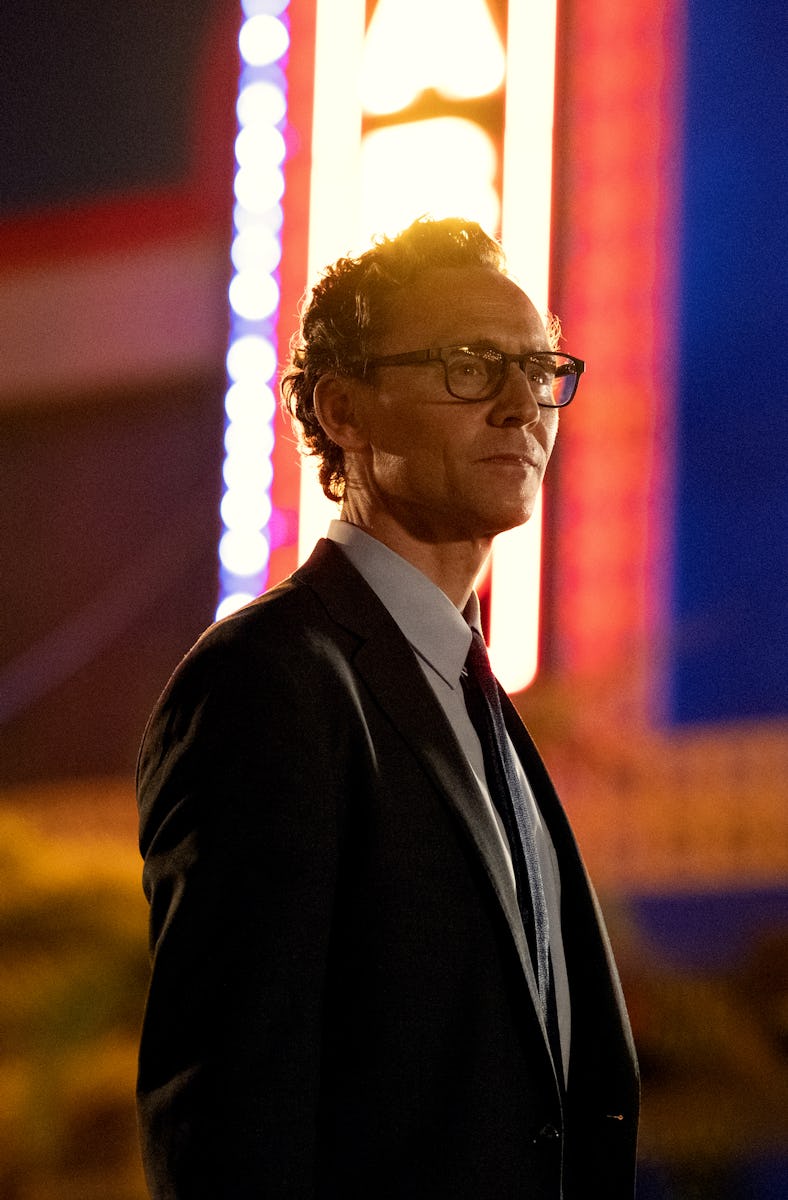The Life of Chuck Is a Surreal Litmus Test For The Optimist In You
Mike Flanagan’s adaptation of the Stephen King novella is either his emotional magnum opus or schmaltzy hokum. It’s up to you to decide.

I went into The Life of Chuck expecting to cry. That’s what I’d been primed for, after Mike Flanagan’s feature adaptation of Stephen King novella of the same name earned fulsome praise when it premiered at the Toronto International Film Festival last year. “Profound,” “heartwarming,” and “masterpiece” were a few of the words thrown around, and I went into the film with high expectations and no idea of what it was about. In the end, I left puzzled and on the verge of an existential crisis — both because of the film’s ambitious, non-chronological depiction of key moments in a man’s life, and because my eyes were completely dry. Was everyone else wrong? I wondered, or even worse: am I a little dead inside?
That’s the kind of litmus test The Life of Chuck is — a nakedly sincere, overwhelming sentimental ode to the mysteries of the universe and the incandescent beauty of life. You’d have to have a heart of stone to not be a little moved by it, especially in its strange, almost surreal approach to its story. Or maybe its unabashed sentimentality is just corny and old-fashioned. Depending on your own level of cynicism, and maybe even the mood you’re in when you watch this, either of these reactions can be true. But there’s no denying that Life of Chuck will earn some kind of reaction out of you.
The Life of Chuck opens at the end of the world. Marty Anderson (Chiwetel Ejiofor) is a teacher at a high school that’s fast losing its students, as the world faces crisis after crisis: first the internet goes down, then all power goes out. Climate disasters abound, with wildfires, sinkholes, and tornadoes ravaging every single country. California has sunk to the bottom of the ocean. But it’s a remarkably quiet apocalypse, as the suburbs where Marty lives starts to empty of its people, with people leaving their homes to reunite with old lovers and family. As Marty decides to do the same, embarking on a journey to find his ex-girlfriend Felicia (Karen Gillan), he notices one thing that seems to be left of civilization: a billboard that reads “39 Great Years! Thanks Chuck!” with an image of a smiling businessman in a suit. Even as the stars start to blink out, this image, and its eerily cheery message, appears to be the one thing remaining. And thus ends “Chapter 3” of The Life of Chuck.
The film slowly reveals itself to be told in reverse chronological order, with Chapter 2 playing next, picking up with Chuck (Hiddleston) on a sunny day six months before he’s diagnosed with brain cancer. This is followed by Chapter 1, which follows Chuck’s life from childhood to his teenage years. This structure allows The Life of Chuck to slowly reveal itself as a treatise to life and its most beautiful, fleeting moments. It’s also through this slow revelation that The Life of Chuck grows less interesting and more cloyingly transparent.
Felicia waits for the end of the world — accompanied by signs thanking Chuck.
This is where I start to sound like a crank. As someone who enjoys emotionally powerful, cosmic odes to the beauty of life, The Life of Chuck’s slow revelation of its thesis should’ve hooked me immediately. Instead, as it spelled out its message more and more, I felt myself growing colder to it. It felt like the mysteries of the universe that it was paying homage to steadily became less mysterious as the movie went on, until you’re left with a beautifully made portrait of an ordinary life.
The Life of Chuck certainly looks handsome, though its fairly by-the-numbers visuals don’t quite match its stunning emotional aspirations. Flanagan and cinematographer Eben Bolter shoot the film like a standard melodrama — even the apocalyptic scenes feel like they could’ve been lifted straight out of one of Flanagan’s Netflix shows. It’s the performances that elevate The Life of Chuck: Ejiofor and Gillan communicate a quiet despair at the end of the world in Chapter 3; Mark Hamill and Mia Sara are wonderfully fragile as Chuck’s grandparents in Chapter 1, who raise him after a car crash orphans him; and, of course, Hiddleston gives a lovely, joyous performance in the film’s central spontaneous dance sequence in Chapter 2. Altogether, they form a tapestry of ecstatic and tragic moments in a man’s life — and the movie’s success hinges on whether you see that tapestry as profound or cheesy.
Tom Hiddleston and Annalise Basso dance their troubles away in The Life of Chuck.
At the end of the day, this film is a vibe that becomes a litmus test for your view of our current world order: And maybe this ordinary life made extraordinary is exactly the tale we need right now. I know that’s what makes The Life of Chuck so appealing to other critics who have sung its praises, and director Mike Flanagan, who also wrote the script, is particularly adept at conveying that. As the real world becomes more chaotic, stressful, sometimes abysmal, perhaps people can find comfort in a movie as sweet and sentimental as The Life of Chuck.
It’s a balm of sorts, to know that nakedly sincere cinema can still find its way to the big screen, But the difference between, say, 1997’s Life Is Beautiful and 2025’s The Life of Chuck is not so much in film, but in a upside-down cultural, global, and political landscape. In this era, I wonder if more folks will, like myself, sit back and rather than be uplifted, nurse a heart of stone.